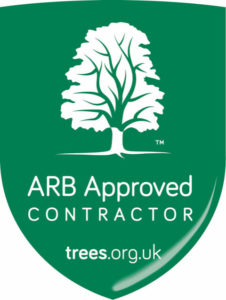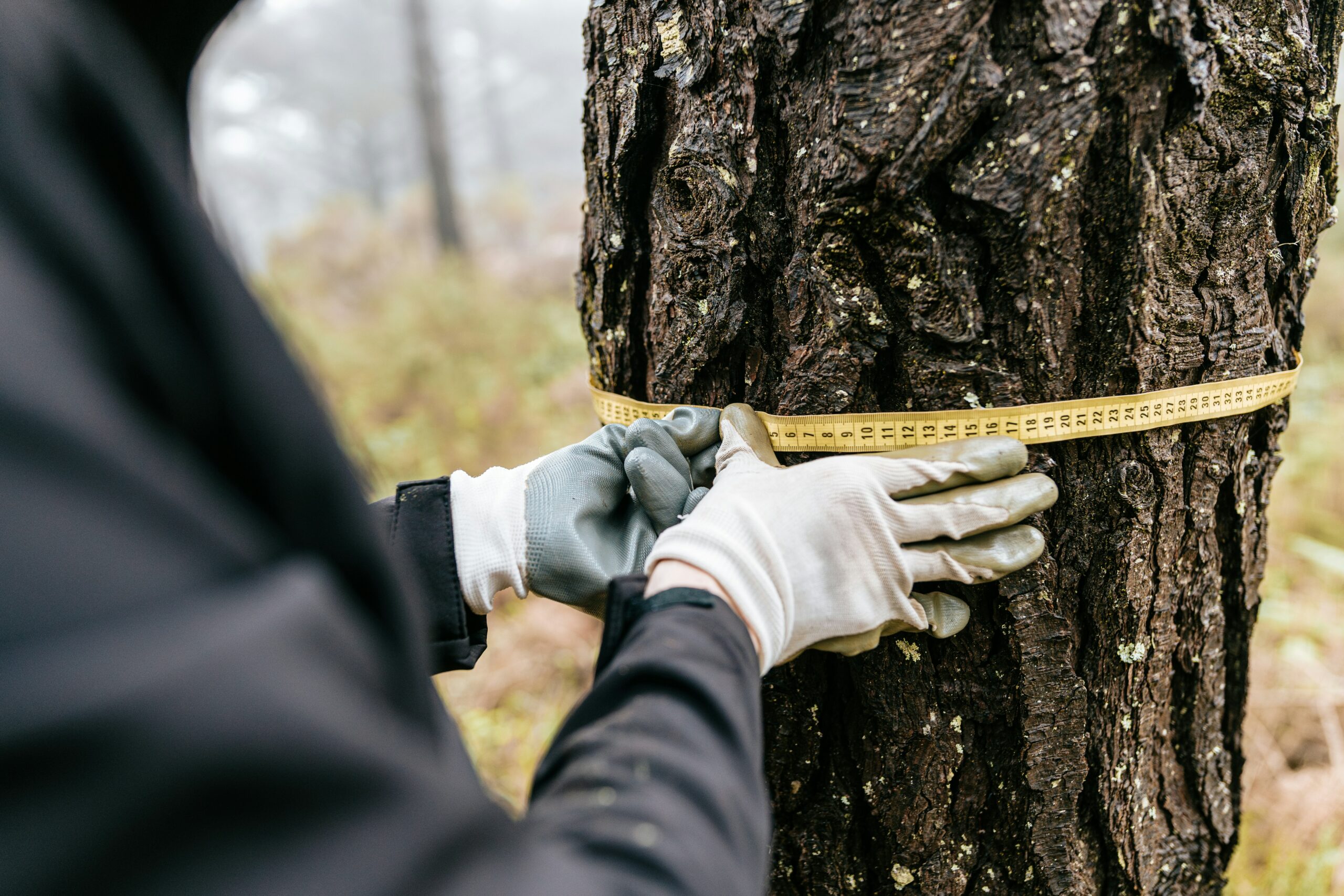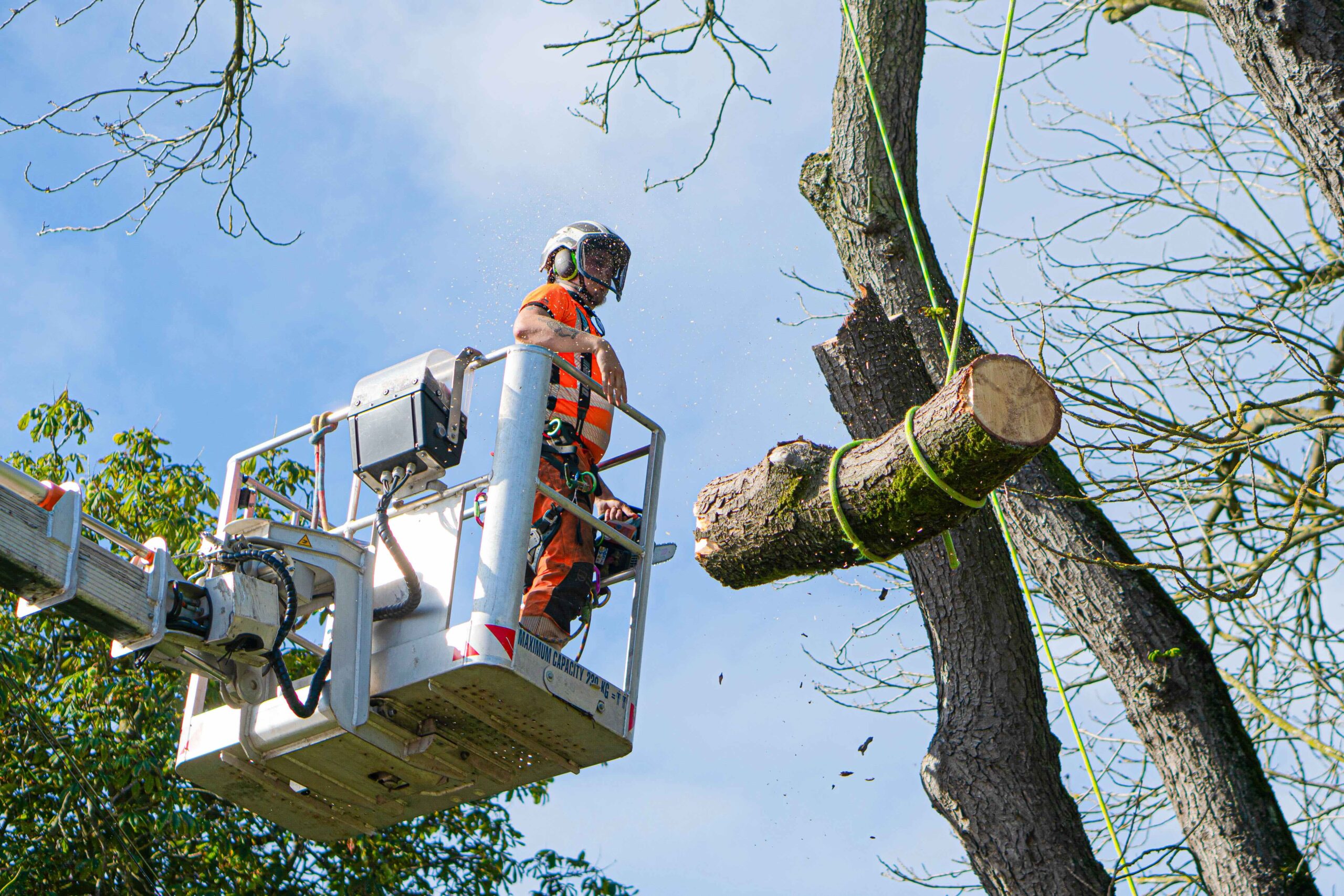Whether you’re a homeowner, a developer, or part of a housing association, tree surveys are essential for safety, complying with regulations, and land management. Sometimes, it can be difficult to know where to start when it comes to tree surveys. In this post, we’ve put together everything you need to know to make the process easier.
What is a tree survey?
A tree survey is an inspection carried about by a qualified arborist or surveyor, to inspect a tree/group of trees to assess their condition, location and potential risks. With this information, the responsible party can make an informed decision about the tree’s care and land use.
How do you know if you need a tree survey?
Although every scenario is different, there are a few common situations where you’ll need a survey.
Before purchasing property – If you’re buying land or property that’s close to or covered by trees, it’s wise to arrange a tree survey to identify potential safety concerns or maintenance requirements.
Planning a construction project – If you’re planning development work, a survey is often required to assess the impact on surrounding trees and the environment. Certain species and areas may be under a TPO (Tree Preservation Order), meaning they can’t be cut down without planning permission. You’ll often need a survey here to comply with planning regulations and to ensure you have the relevant permissions before commencing work.
Insurance requirements – If you’re unlucky enough to face damage from subsidence or a tree-related accident, your insurer might request a survey to pinpoint the cause of the damage and submit evidence for your case.
Safety concerns – If you spot a tree with dead branches, visible decay, or signs of instability, it’s best to keep an eye on it. For housing associations, schools, public spaces, and even homes, a damaged tree could pose a risk to people and property. Speak to a tree officer to be aware of any dangers of tree collapse or falling branches, and advice on preventative measures.
If any of the above apply to you, it’s time to call a professional to assess your trees and provide guidance.
Types of tree surveys
We’ve talked about why you might need a tree survey – now let’s talk about what types there are. By understanding the different kinds of tree surveys, you can determine which one is most suitable for your needs.
Health and safety
Safety is a top priority if a tree is situated next to your property or in a public area. A Health and Safety Survey identifies potential hazards, such as dead branches, unstable roots, or structural weaknesses, that could pose risks in the long term.
These surveys are helpful to:
- Ensure compliance with health and safety regulations.
- Meet insurance requirements.
- Plan necessary maintenance work to prevent accidents.
BS5837 Surveys for development projects
If you’re planning a construction project, a BS5837 tree survey is crucial. It will assess how trees may be impacted by proposed developments and provide recommendations to trees under a TPO.
These assessments identify:
- Tree retention value – Each tree is assigned a retention value that determines its importance to maintain.
- Tree constraints plan – Highlights areas where roots or canopies might affect building plans.
- Arboricultural Impact Assessments (AIAs): Outlines how construction will impact existing trees and recommends how to mitigate risks.
Subsidence reports
Subsidence can cause significant damage to properties if left unattended. If tree roots grow below a structure, they can shift and cause ground movement, leading to cracks in the walls or sinking ground. This issue is particularly common on properties built on clay soils. A subsidence report is essential to protect your home or building and mitigate damage.
An assessor will conduct:
- A soil analysis to determine the type and condition of the ground.
- Inspection of tree roots causing potential problems.
- A review of any building movements to assess ongoing risks.
PiCUS Testing for Internal Decay
Some trees may look healthy on the outside but could have internal decay that poses a hidden risk in the long term. PiCUS testing is a specialised technique that detects cavities and decay within the tree’s trunk. This test will assess the tree’s structural integrity, identify decay caused by fungi, and prevent unexpected tree failures.
Why tree surveys matter
Tree surveys are not just about meeting legal obligations; they’re vital for protecting people, properties and the environment.
They can identify hazardous trees before they cause damage, reducing the risk of costly repairs and accidents. In a commercial setting, they can help ensure that development projects are sustainable and tree-friendly, protecting trees that provide habitats for wildlife. They’re a worthwhile investment for homeowners and property developers alike.
How to arrange a tree survey
If you’re unsure which type of tree survey you need, don’t worry. Consulting a qualified arborist or tree surveyor is the best place to start to ensure your property’s trees are managed properly.
Professional tree work from Dr Stump
Once you’ve had a tree survey conducted, contact Dr Stump – we are fully qualified to carry out specialist tree work recommended following a survey. Whether you need pruning, advanced tree care, or tree removal, our team can use arboricultural expertise to complete each and every job to a standard of the highest quality. Contact Dr Stump today via Whatsapp to discuss your tree care needs and ensure the safety, health, and longevity of your trees.




